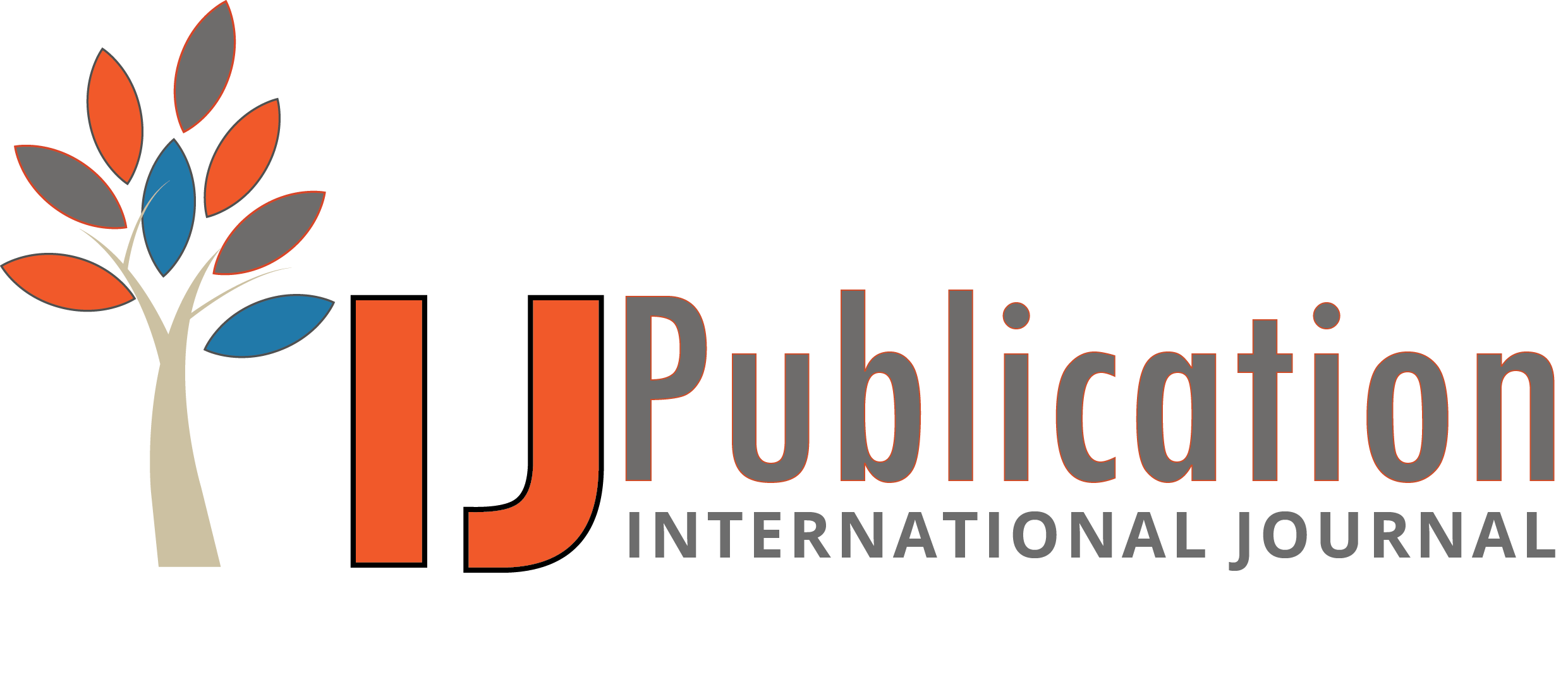Ramya Ramachandran Reviewer
16 Oct 2024 03:36 PM
 Approved
Approved
Relevance and Originality
This review paper addresses the timely and relevant issue of AI anthropomorphism, a phenomenon that is becoming increasingly significant as AI systems are integrated into daily life. By exploring how human-like characteristics are assigned to AI and the resultant effects on social interactions, the study contributes original insights into the evolving relationship between humans and technology. The implications for human-human social dynamics are particularly noteworthy, emphasizing the broader societal impacts of anthropomorphized AI. The paper effectively situates its findings within the context of contemporary discussions surrounding AI ethics and social responsibility, enhancing its relevance.
Methodology
The methodology employed in this review is comprehensive, synthesizing insights from various theoretical frameworks and empirical studies related to AI anthropomorphism. The integration of social presence theory, media equation theory, attachment theory, and uncanny valley theory provides a multi-faceted understanding of the topic. However, the paper could benefit from a clearer explanation of the selection criteria for the included studies and theoretical frameworks, as well as the methodologies used in the empirical research examined. Such details would enhance transparency and allow readers to assess the robustness of the review.
Validity & Reliability
The findings presented in this study are well-supported by the literature reviewed, indicating that human-like attributes in AI can foster user engagement and enhance social behaviors. Nonetheless, the potential negative consequences of excessive reliance on AI for social interaction are critical and warrant more in-depth discussion. Addressing potential biases in the reviewed studies and limitations in the data used would strengthen the validity of the conclusions. Additionally, exploring counterarguments or alternative perspectives on AI anthropomorphism could provide a more balanced view of its impact on human relationships.
Clarity and Structure
The paper is clearly structured, with distinct sections that guide the reader through the objectives, methodology, findings, and conclusions. The writing is generally accessible, though certain technical concepts related to AI and social theories could benefit from further simplification or elaboration for readers unfamiliar with the field. Incorporating visual elements, such as diagrams or flowcharts, could enhance clarity and facilitate better understanding of complex interactions between AI and human behaviors.
Result Analysis
The analysis of findings regarding AI anthropomorphism reveals important insights into how attributing human-like traits to AI can enhance user engagement and positively affect human-human interactions. However, the potential drawbacks, such as the erosion of social skills and diminished quality of communication, merit deeper exploration. The paper should consider discussing the conditions under which AI may enhance or hinder social interactions, as well as the contexts in which reliance on AI might be detrimental. Recommendations for future research could include longitudinal studies to better understand the long-term effects of AI anthropomorphism on social dynamics, which would further enrich the discussion and provide a roadmap for subsequent investigations in this evolving area of study.








Ramya Ramachandran Reviewer